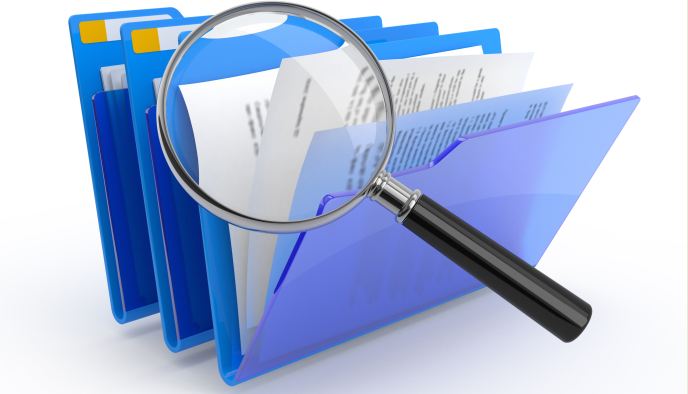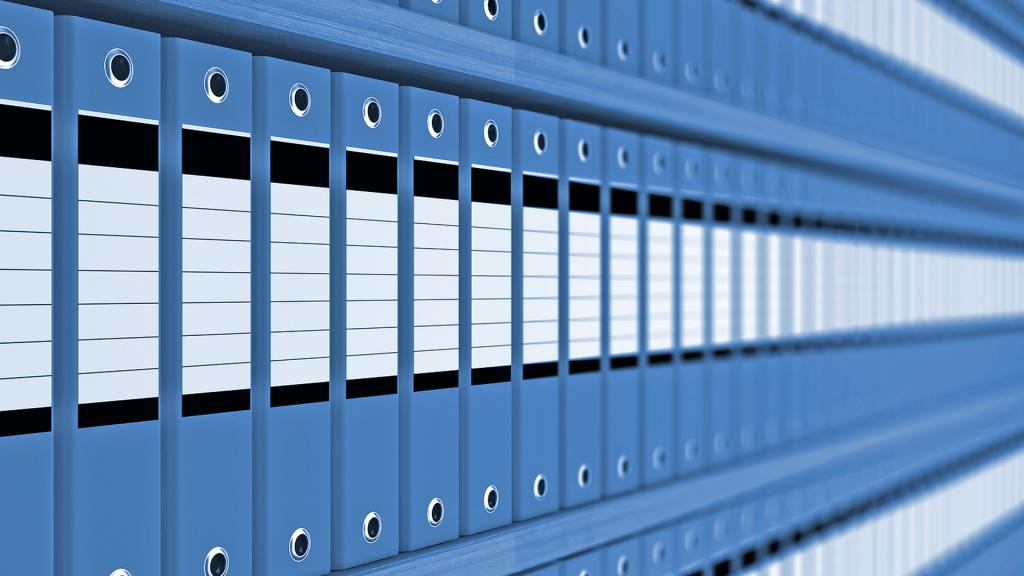The state business and the sphere of office work is the most important branch of the public life of any state. Documented information is legal data. Law-making activities contribute to the construction of civil law and order and welfare, which are very important.
The concept of documented information
Such a designation, at first glance, is not used very often in jurisprudence, but at the same time it is very important. Based on federal legislation, documented information is a type of set of certain data that is recorded on a tangible medium for the purpose of safety.
Also, this material assumes the presence of details about the available sources of its origin, which in general allows to determine the nature of these data or their media, regardless of the presentation form. Without them, the concept of documented information actually loses its meaning. Requisites inherently carry out two fundamental functions - information and security-certification. In other words, on the one hand, they contain the necessary data, and on the other hand, make it impossible to falsify documents.

International Organization for Standardization
The management of documented information is regulated by a variety of legal acts, federal decrees, orders, international regulatory documents. So, the International Organization for Standardization (ISO) continuously takes direct part in the development of dogmas, rules and regulations regarding the formation, storage, use of information. Developments are being made in the direction of eliminating violations of the discrepancy in the content of reality, in the formation of requirements for the form of data presentation.
Signs of documented information
The first sign and the most important one is the presence of a material carrier. As such, absolutely any object of the surrounding world can act, including objects and physical fields where certain actions or information are displayed. The same data can be recorded on different media. It will also be true that different materials can be documented at the same site.
The next most important feature of documented information is the ability to identify recorded material. This is provided using the supporting role of props. Their presence helps to establish the purpose of the data, their nature, source, time of documentation. In some cases, the details provide the necessary degree of protection of a particular sample in the form of an attached electronic digital signature.
The third characteristic of documented information is the ability to select various variations and forms that convey its content. It can also be stored on various media in various forms without losing its contents and details. That is, the storage of documented information implies the possibility of copying it. Such materials may exist in the form of various modifications.

Document Information Management
According to the version of the International Organization for Standardization, documented information is data that must be stored and used under special control. In the sphere of subordination is, directly, the carrier of a material nature on which this material is stored.The set of requirements for documented information management is presented in section No. 7 of ISO 9001: 2015. If you try to summarize and depict these obligations thesis, they will have the following form:
- regular analysis of the level of accessibility of information to the extent necessary, in the place where necessary, and at the time when necessary;
- regular assessment of the degree of security of documented data;
- resolving issues regarding the organization of the processes of distribution, search, access control and use of information;
- assessment of the impact of effective processes for protecting and storing documents from various errors, for example, whether their readability is guaranteed;
- verification of compliance with the rules of seizure and storage.

Which happens?
The forms of documented information primarily depend on the nature of its material medium. There are several main types. The most common:
- paper;
- sound recordings;
- video materials;
- electronic documented information.

Varieties of data on tangible media
Information, beyond the version of many researchers, beyond the criteria of orderliness and the degree of organization is divided into documented and undocumented. What is the difference between them?
Documented is a specific organizational, official form of existence of information. The purpose of the existence of this kind of data is related to public welfare and the rule of law. The types of documented information may be different. After all, it all depends on the classification criterion adopted as the basis.
For accessibility criteria, information is:
- with limited access;
- state secret material;
- confidential kind;
- with unlimited access, public.
If possible, it happens:
- freely distributed;
- data whose disclosure is strictly prohibited;
- Information disclosed in accordance with federal law;
- material, the disclosure of which is possible by agreement of a certain circle of persons.

Documented Information Properties
Documented information is data that exists in certain objective conditions and has a number of features.
Its properties include:
- fixed character, that is, possession of its source, the moment of documentation and the obligation to store;
- relevance - the ability to meet the requirements of a potential consumer, to meet requests;
- value - data fit for purpose;
- completeness - the optimal ratio between received and necessary information;
- utility - the degree of its necessity;
- reliability - displays the level of objectivity of information;
- novelty - relevance, since documented materials are an explanation of information that may become outdated or cease to be valid;
- timeliness;
- accessibility - the ability of the consumer to freely receive data;
- security - lack of unauthorized access;
- ergonomics - the optimal ratio of the volume and form of data for a particular consumer;
- adequacy - correspondence of information to reality, readiness to reflect real objective conditions.

Protecting documented information in Russian law
Three sources of federal law provide documented information designation. The first source provides a narrow interpretation. It states that documented information is the recording of important data using a material medium through the process of documenting the necessary data, where there are details that make it possible to identify, designate or determine its material medium (information law, Article No. 2).
Another source has a broader interpretation.It states that a document means the presence of a medium with recorded information of a text, sound or graphic nature. Its content is intended for transmission to its intended purpose at a specific time.

Examples of documented data
Documented information is legal acts, papers, archives that are stored for various purposes. The stored information in the vast majority of cases is intended for public use. Examples include:
- legal acts, regulatory framework;
- documents that contain information about emergency situations of an environmental, demographic, sanitary-epidemiological, meteorological nature;
- documents contained in library collections and other various funds of information systems;
- information of mass media and other public information in accordance with the legislation of the Russian Federation.
Based on the foregoing, it is worth noting that, in total, documents and documented information are the most important elements of state security and public welfare. It is often a repository of strategically important information for the state. That is why this kind of information should be carefully stored, taking into account the requirements stipulated by state legislation.
